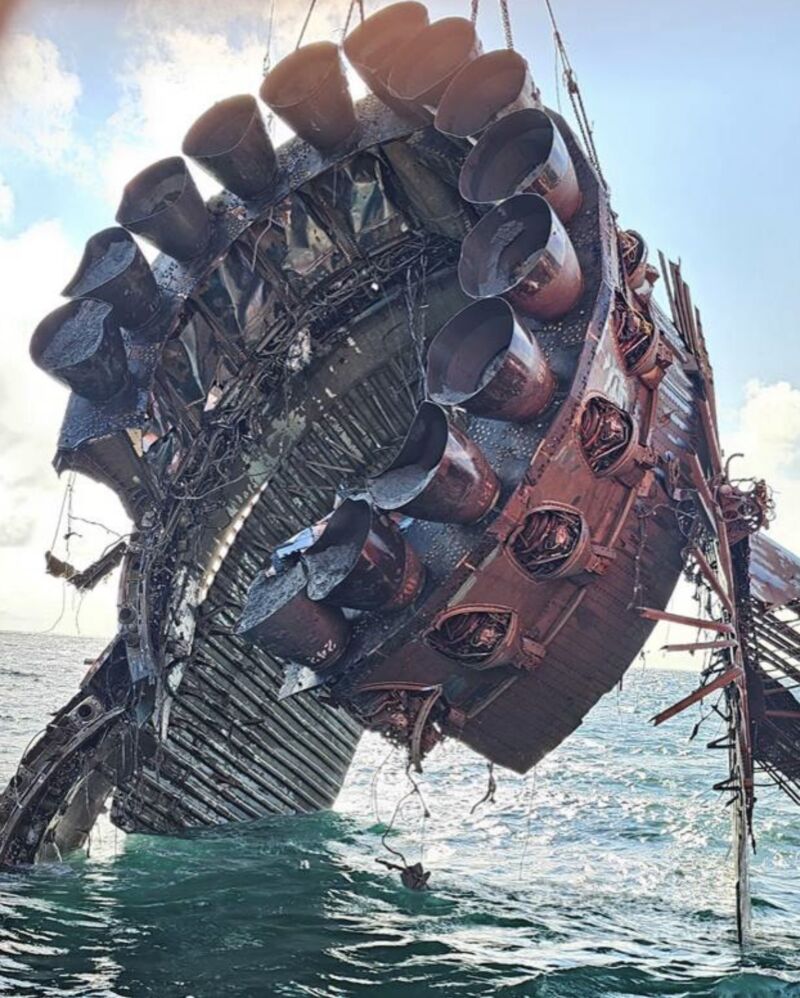Rocket Report: SpaceX salvages Starship wreckage; pessimism for Virgin Galactic
Ars Technica » Scientific Method 2024-09-27

Enlarge / A salvage ship raises a portion of SpaceX's Super Heavy booster from the Gulf of Mexico. This booster was used on the most recent Starship test flight in June. (credit: SpaceX)
Welcome to Edition 7.13 of the Rocket Report! While regulators hold up the next flight of the world's largest rocket, there's a lot of news this week in the small launch sector—some good, some bad. Meanwhile, Hurricane Helene has delayed the launch of the next crew to the International Space Station.
As always, we welcome reader submissions. If you don't want to miss an issue, please subscribe using the box below (the form will not appear on AMP-enabled versions of the site). Each report will include information on small-, medium-, and heavy-lift rockets as well as a quick look ahead at the next three launches on the calendar.

A Chinese rocket narrowly misses a landing. A Chinese space startup conducted what it called a "high-altitude" test flight of its Nebula-1 rocket on Sunday, launching the vehicle to an altitude of about 5 kilometers or so before attempting to land it back at the Ejin Banner Spaceport in Inner Mongolia. The test flight went well for about two and a half minutes before the vehicle experienced a problem just before landing and erupted into a fireball, Ars reports. The company said it learned a lot from the test, completing 10 of its 11 major objectives. It plans to attempt another high-altitude test flight as early as November. Deep Blue Aerospace is one of several Chinese aerospace startups seeking to emulate the success that US-based SpaceX has had with vertical takeoff and vertical landing of rockets.